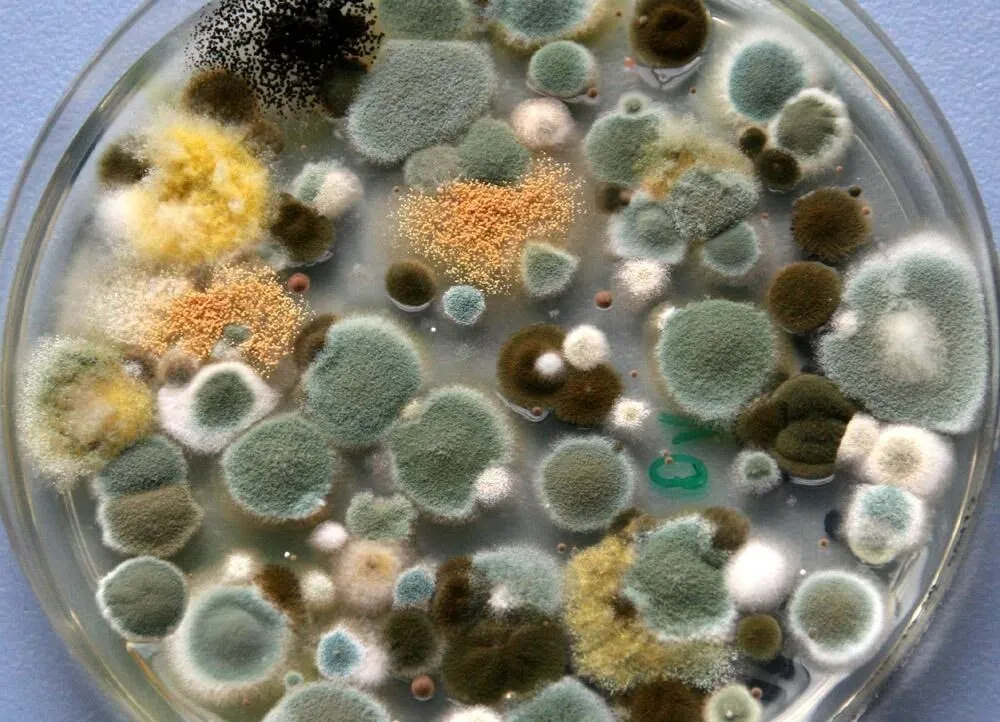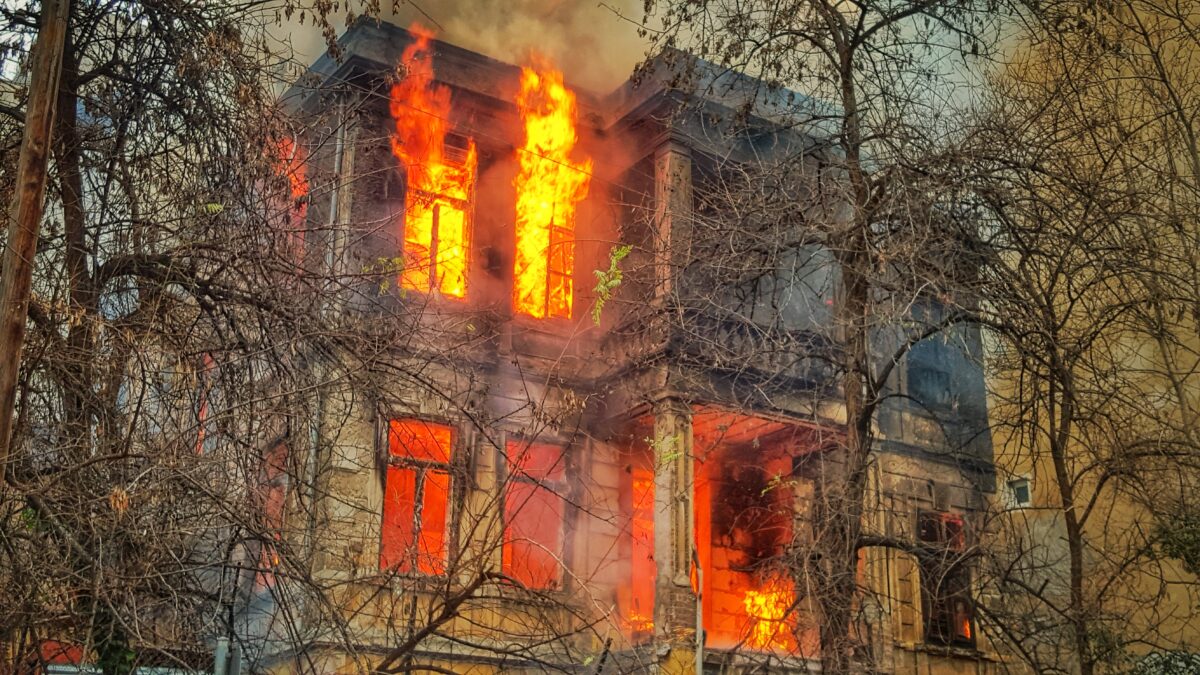How Do I Prevent Mold Growth?

If you have a water leak, it’s important to clean and dry the area immediately to prevent mold growth. Porous materials, such as drywall and wood wall cavity wood framing can appear dry, but still hold a significant amount of moisture that will cause mold damage. Under the right conditions, mold can begin to grow in as little as 24-48 hours.

